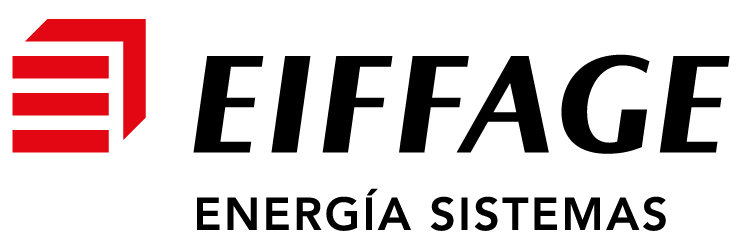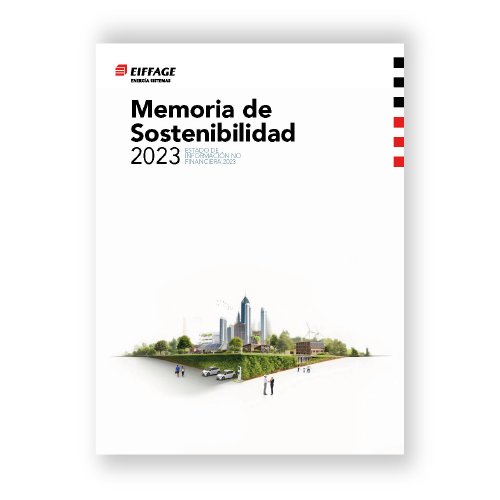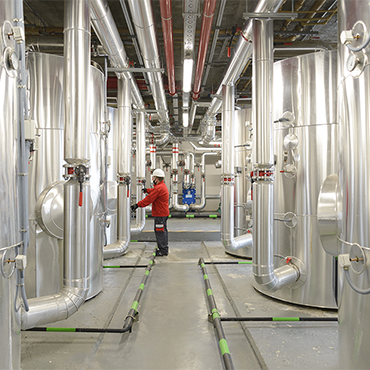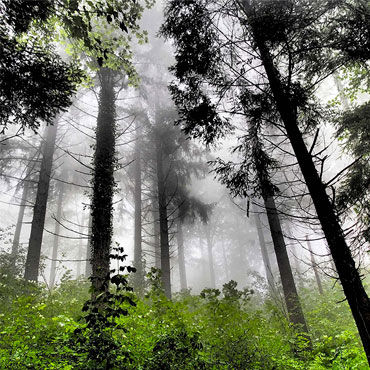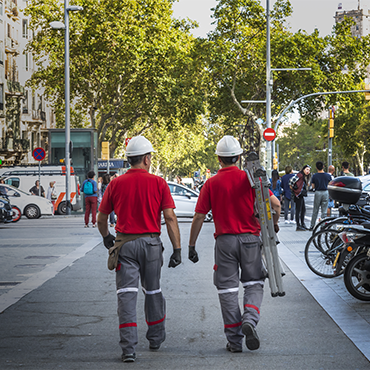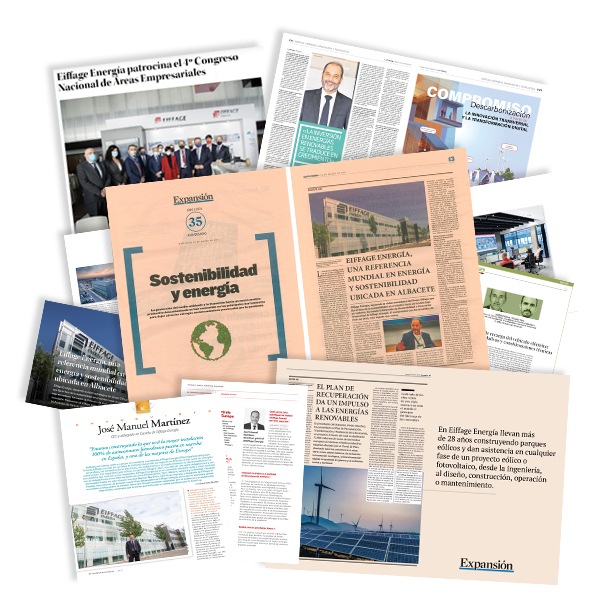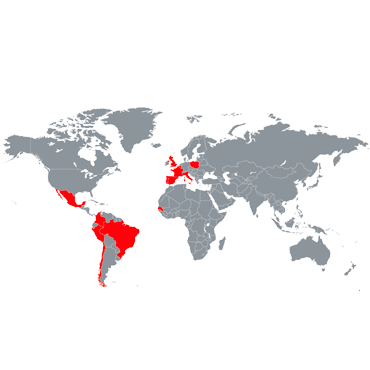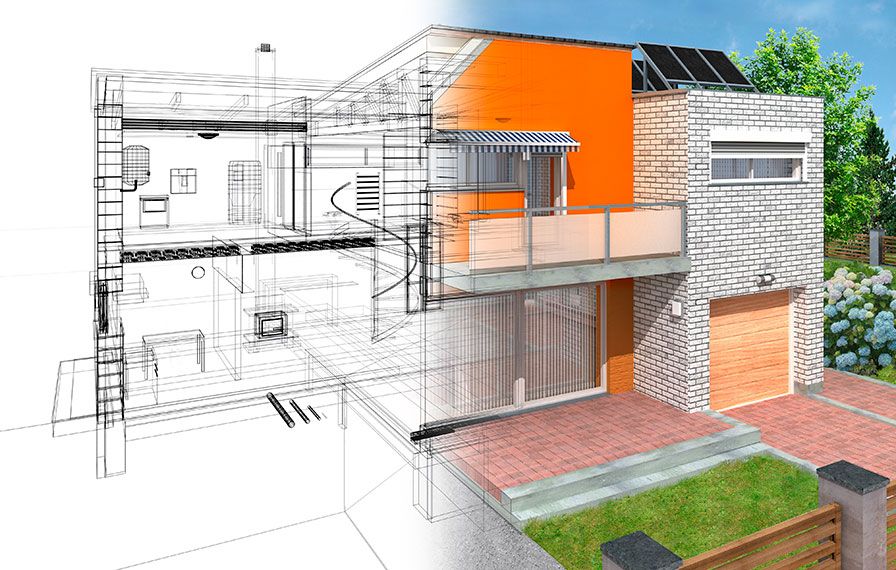A few weeks ago, we centred the attention of the Eiffage Energía news section on the sustainable construction model or passivhaus, committed to the environment through energy-efficient buildings. On this occasion we focus on the EECN, i.e. almost zero energy buildings.
Next 21 and 22 June, precisely these will be discussed at length at the Reina Sofia Museum in Madrid. On these dates the III Congress for Almost Zero Energy Buildings will be held, an essential forum from both the energy and architectural point of view.
But, exactly, what are the EECN? Do they have something in common with the aforementioned passive houses? These questions are answered in CTE Arquitectura, a meeting point for architects where we can find out more information about the future congress. There, we will find the difference between the almost zero energy buildings and the passivhaus, which consists mainly in that the former are designed and built seeking energy independence and contemplating the generation of their own renewable energy, while the latter only seeks that independence through insulated and weatherproof buildings.
However, passive houses are also evolving and, since 2015, the PassivHaus Plus and Passivhaus Premium certifications are awarded to buildings with a certain portion of energy from renewable sources.
In short, in our societies, construction and energy efficiency go hand in hand these days to ensure a better quality of life and the III Congress for almost zero energy buildings is presented as a key event to continue working along this line.
Also Eiffage Energía’s constant labour inside and outside Spain concentrates its efforts on making the world a place of sustainable energy. Visit our website for more information on our renewable energy projects.
Source: CTE Arquitectura
